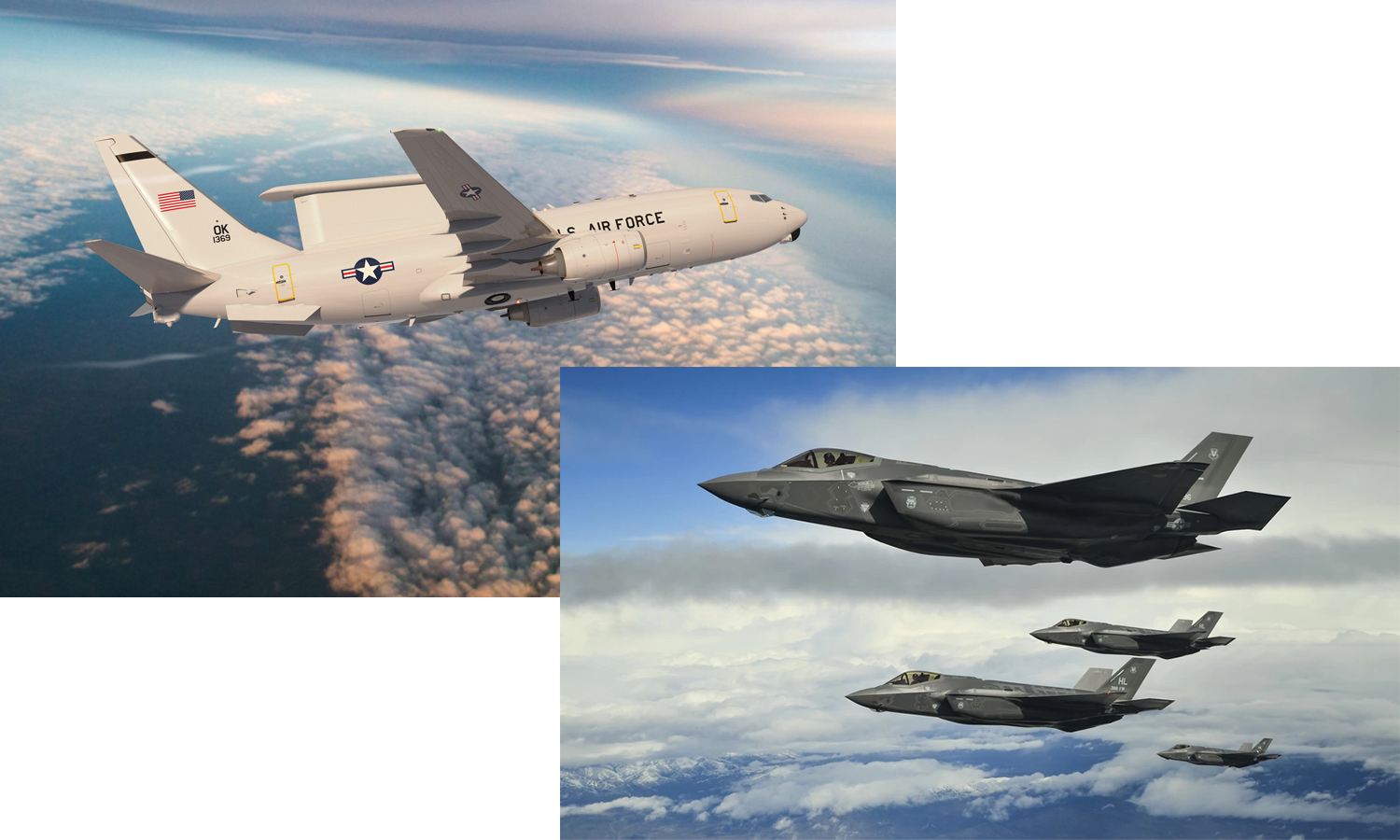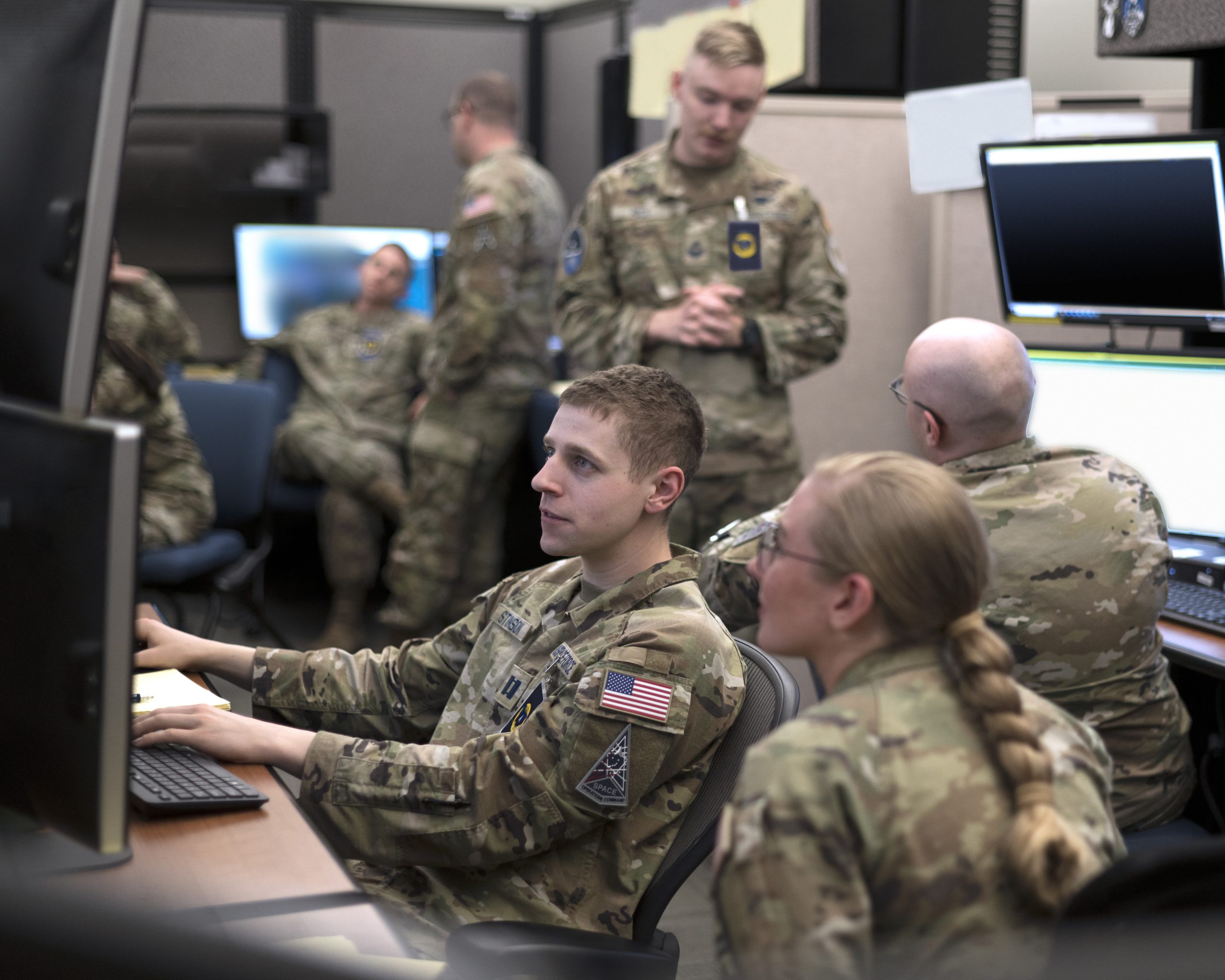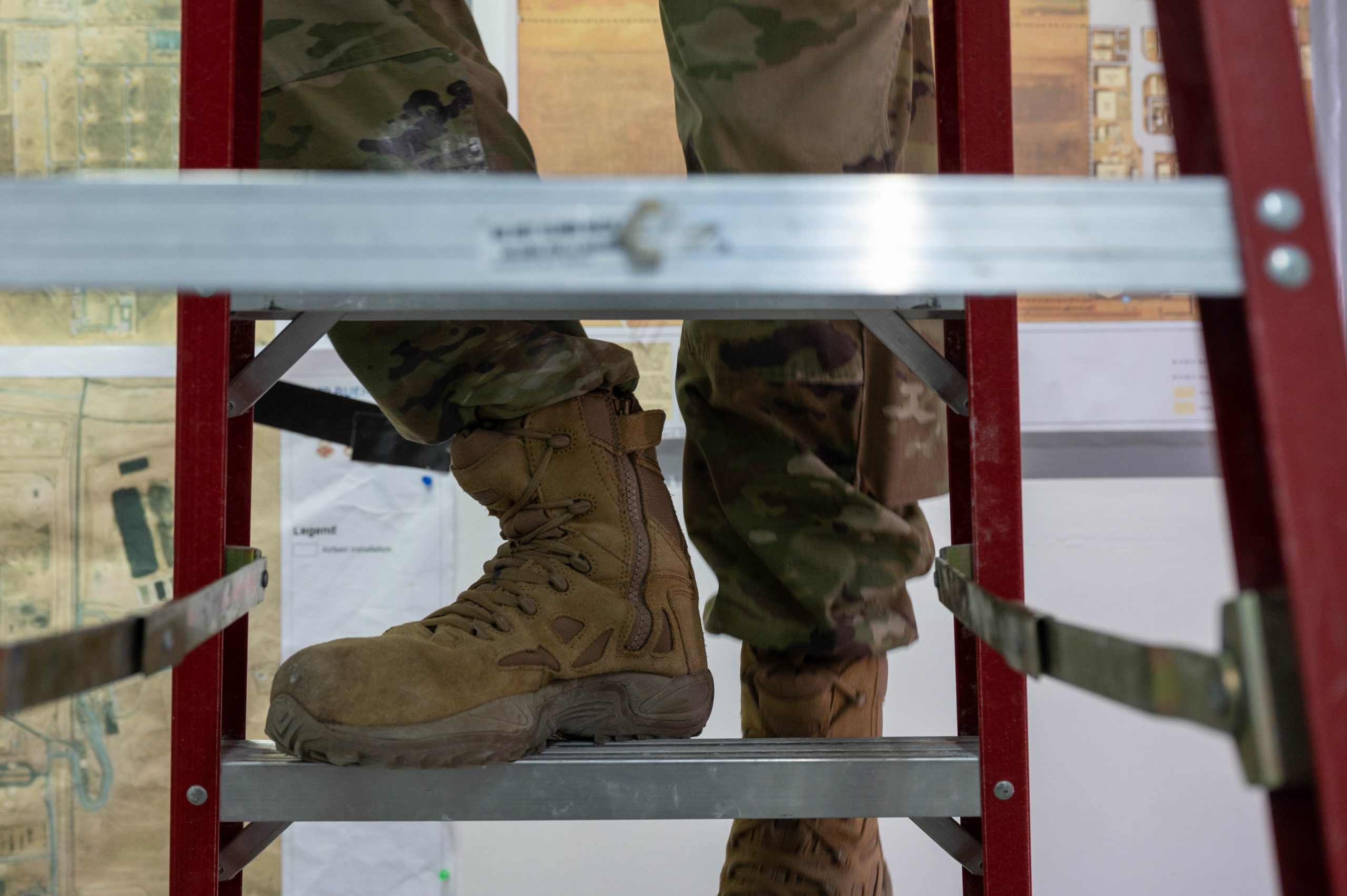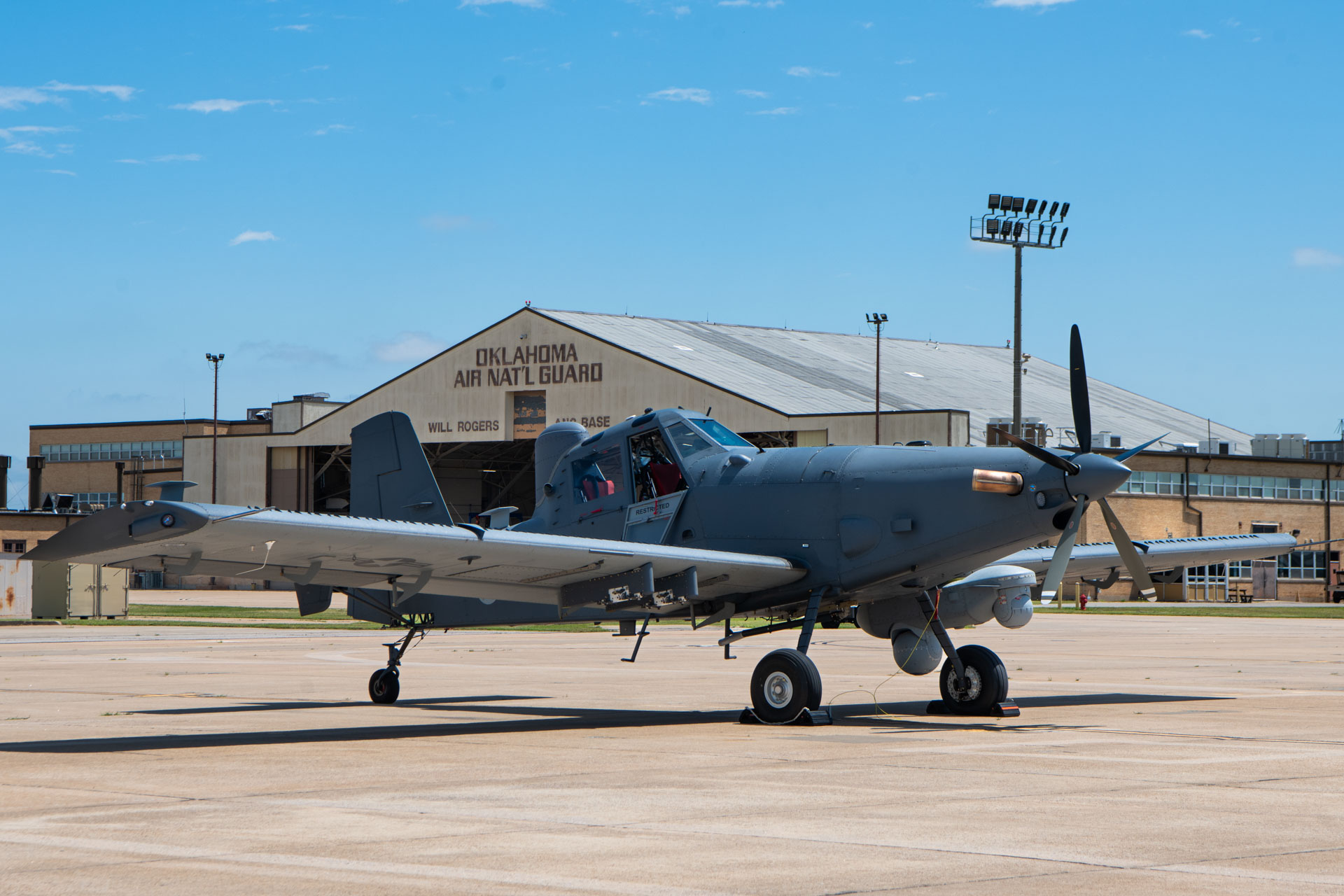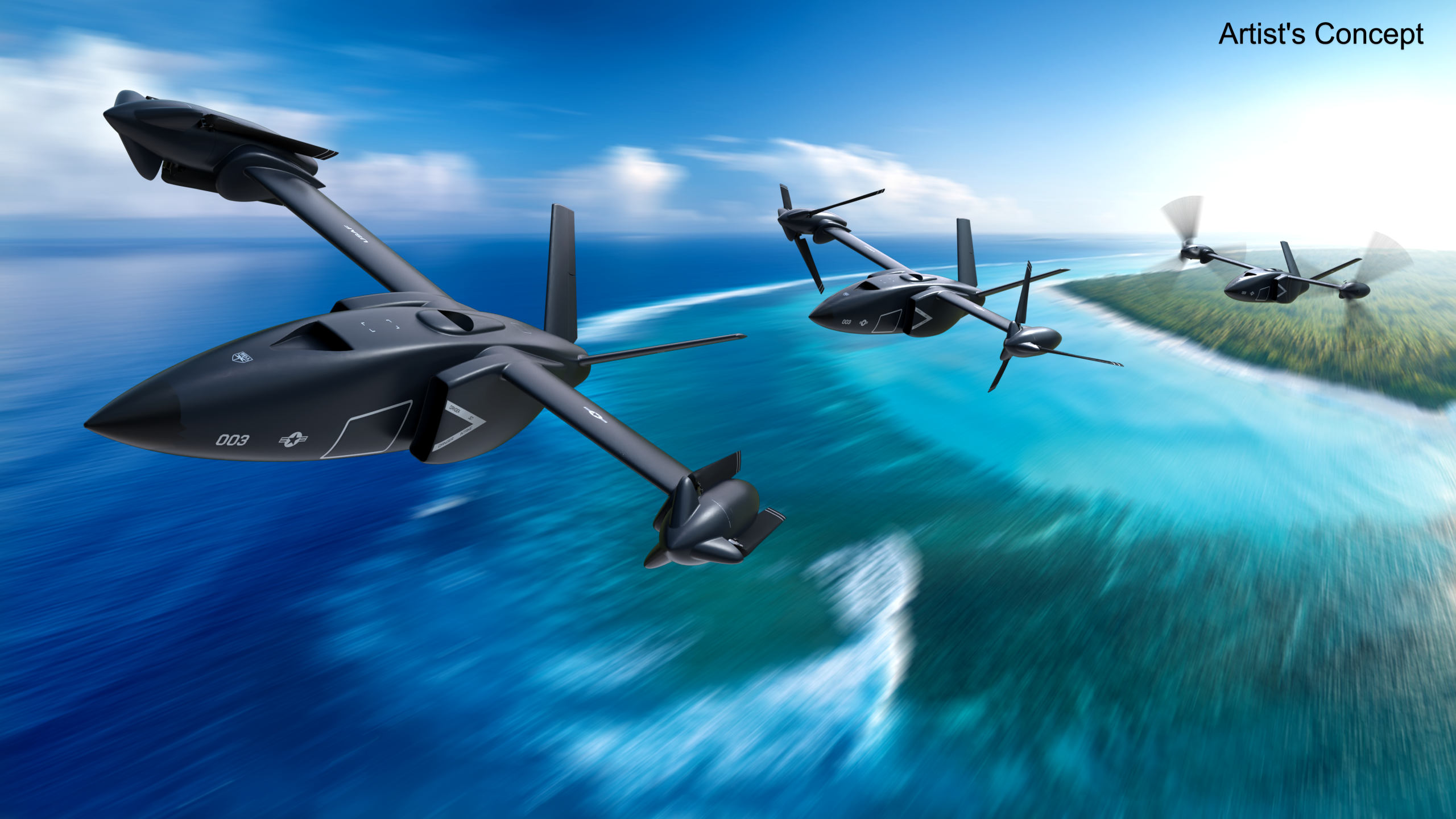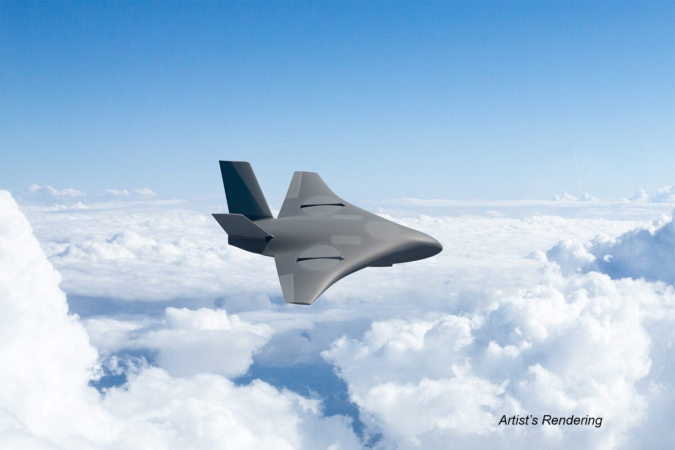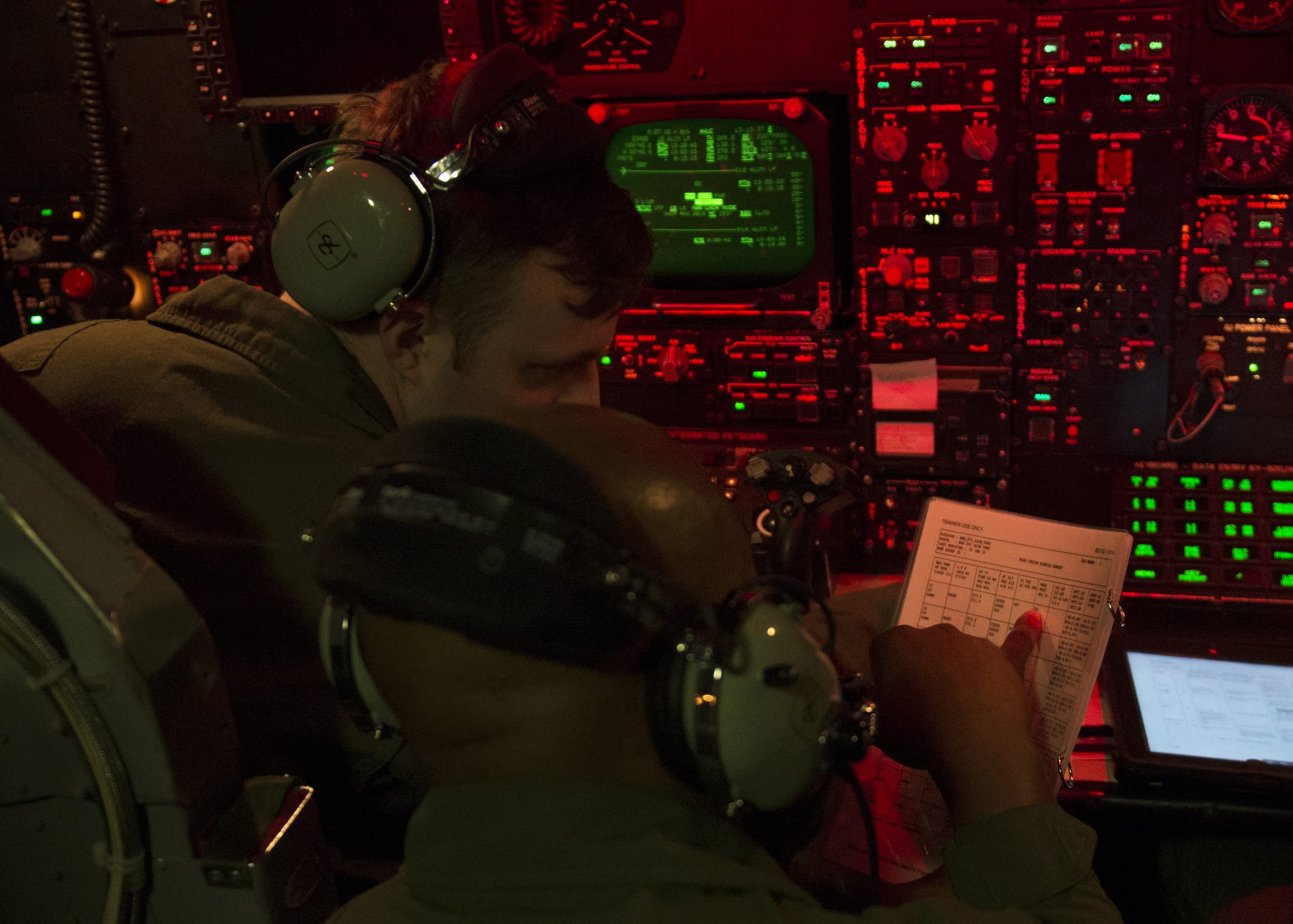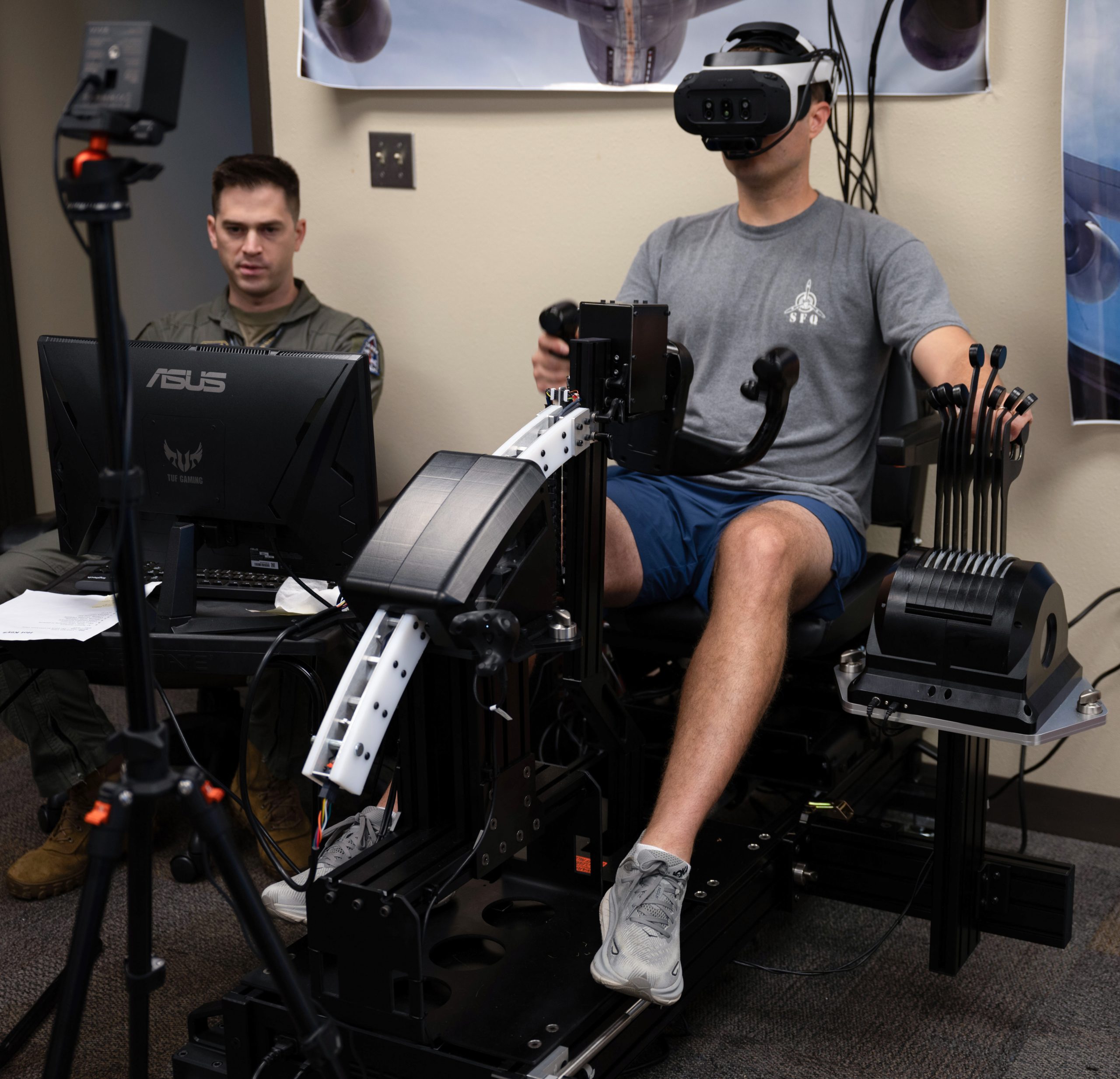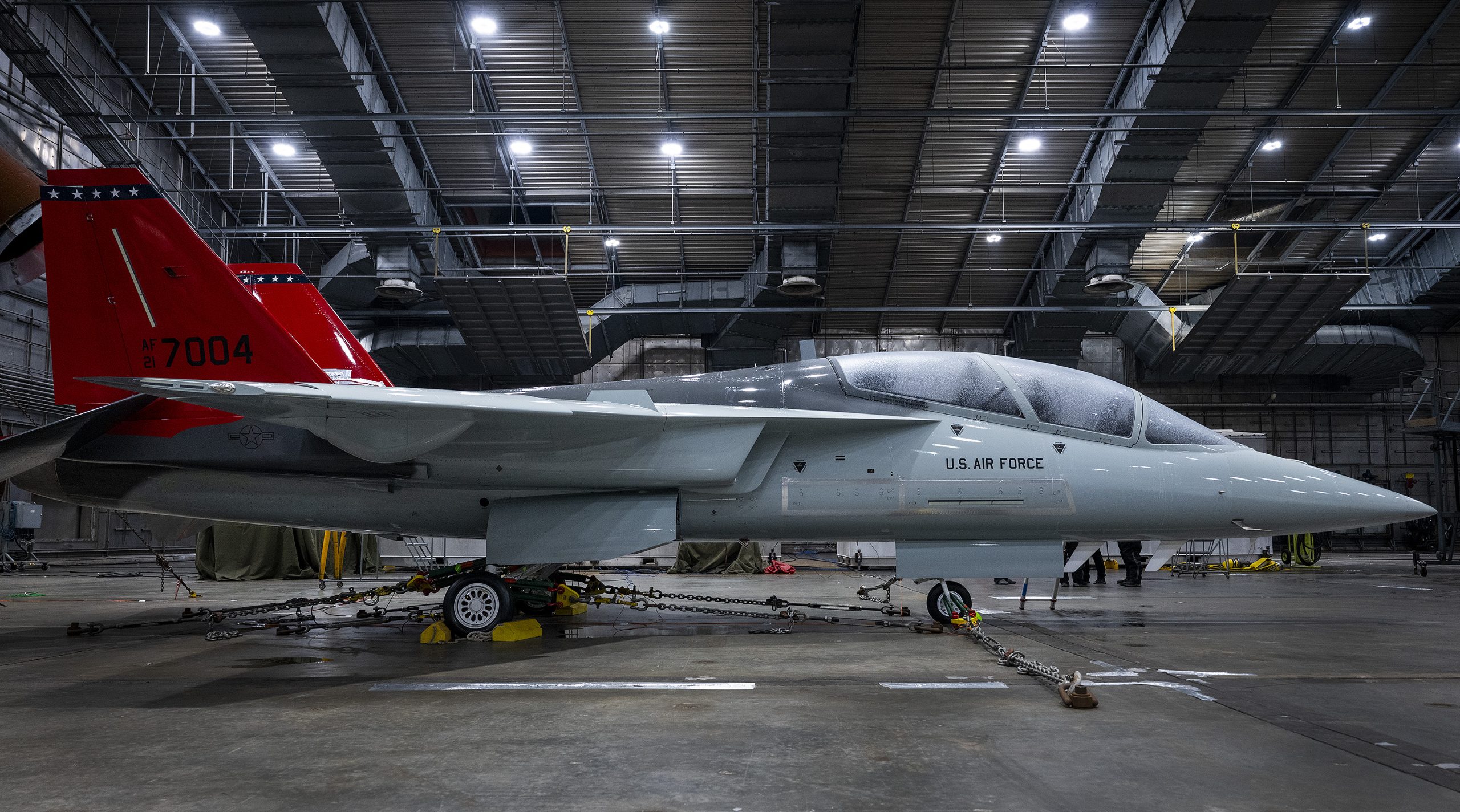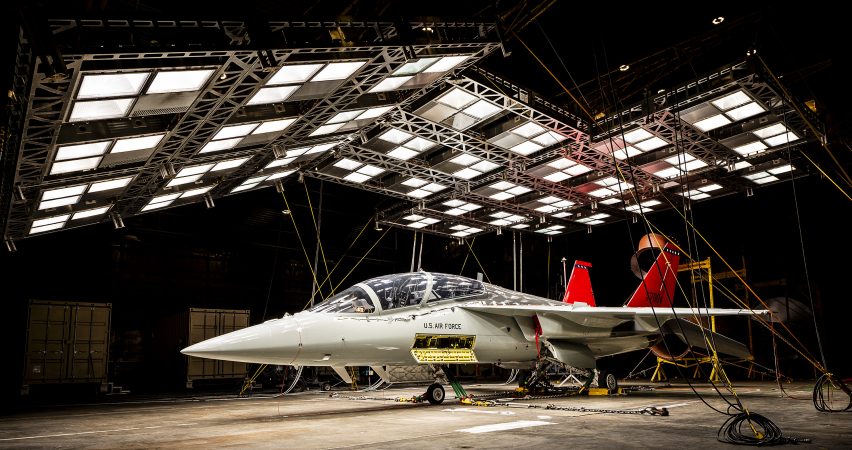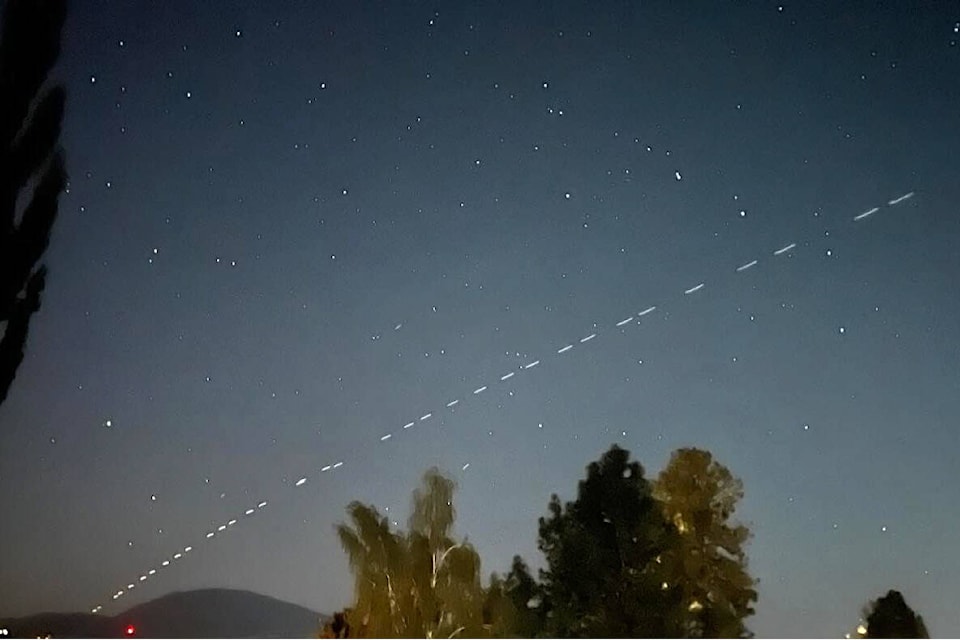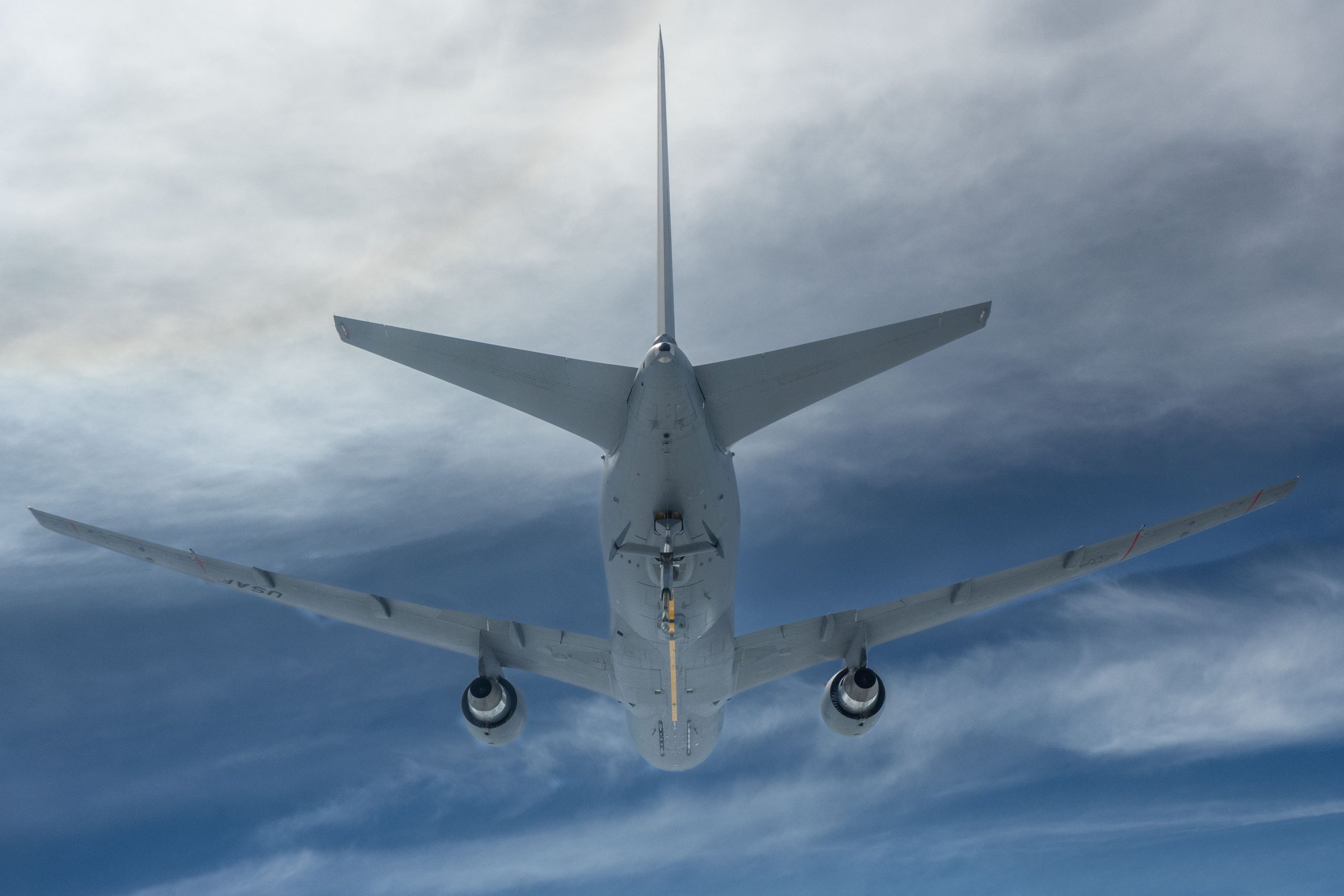The E-7 Wedgetail early warning and control aircraft isn’t as vulnerable as the Pentagon has made it out to be, and a space-based alternative is neither at hand nor as secure as some have argued, a panel of retired Air Force senior statesmen said in a June 10 call with reporters.
Earlier this week, 16 retired Air Force four-stars, including six former Chiefs of Staff, sent a letter to Congress urging lawmakers to rescue the E-7 from its planned cancelation and significantly increase the purchase of F-35 fighters. Eight of the letter-signers joined the press call, arguing that air superiority can be preserved with enough investment, so long as a greater share of the defense budget migrate to the Air Force to correct a decadeslong decline in capability.
E-7
Pentagon officials have said the E-7 was canceled because it is vulnerable to long-range missiles deployed by China, among others, and that the U.S. will instead focus on a space-based capability for air- and ground-moving target indication.
But a space alternative is not available yet, said Gen. Kevin Chilton, former head of Air Force Space Command and U.S. Strategic Command. What’s more, “we have to remember that the space domain today is … arguably more vulnerable than any other domains,” he asserted.
There are three layers to military space, Chilton said: a sensor layer, a kill chain or engagement layer, and a communication layer. Right now, “all we are doing is beginning to experiment with the communication layer.” Though “we have visions for ubiquitous, large numbers of satellites” doing reconnaissance and surveillance of all manner of things, these have yet to be proved out in real-world operations, he said.
“Now we’re saying we’re going to throw AMTI into space. Well, maybe we will one day, but the challenges there are quite difficult,” Chilton said. Combat pilots need to know enemy aircraft position, velocity and direction and altitude, “and that’s a lot tougher mission than GMTI.”
Moreover, “the entire low-Earth orbit constellation that we’re looking at putting up sure is vulnerable to a nuclear detonation in space, which is why we’re so concerned,” Chilton said. Russia may be testing such capabilities, “and it’s just not prudent to have all your eggs in one basket.” An air element is a necessary redundancy to any space system, he argued.
Other generals also noted that migrating the AMTI/GMTI function to space doesn’t do anything to address the need for air battle management, which is another of the E-7’s missions.
Former Chief of Staff Gen. T. Michael Moseley said the migration of AMTI/GMTI to space was heavily discussed 20 years ago. Technology was the obstacle then, but now it’s the threat of adversary action.
“When you look at what’s happening now, the assets in orbit … are extremely vulnerable,” he said. Two decades ago, space was a “free game” without threats; now, it’s “a contested combat arena” and right now, there’s “an inability to protect” satellites.
Moseley also noted that in his experience as a one-time Combat Force Air Component Commander, “I’d prefer to have the theater assets under theater control.”
Gen. John Loh, who was both a Vice Chief of Staff and head of Air Combat Command, said that attempting to achieve the AMTI/GMTI mission by disaggregating the elements onto other platforms—integrating data collected by fighters, drones, and satellites, then using that to perform the mission, rather than on an ISR battleship like the E-7, is also not possible yet.
“There may be aggregation in the future,” Loh said. “But we’re talking about something we need to do today.
Lt. Gen. Dave Deptula, the first deputy chief of staff for ISR, also noted that “just passing raw sensor data, whether it’s coming from space or … a handful of E-2s, doesn’t manifest effective command and control the actual mission.” Air battle management, he said, “requires highly trained personnel to be able to interpret that data and then correlate it into action in accordance with the operational and tactical objectives.”
The growing of effective air battle managers is “very highly complex; it takes years of training and realistic practice to execute.” But the space-based AMTI concepts “have yet to define where and how air battle managers integrate into this overarching mission.”
Loh also noted that the Air Force has been struggling to make Joint All-Domain Command and Control concept work for years now with limited success, and there’s no reason to think space-based AMTI will “be worked out” any faster.
Air Superiority
The generals on the call didn’t offer an opinion about whether the Air Force’s long-term goal of buying 72 new fighters per year should be higher or lower, but Loh noted that “quantity counts, and we pay too much attention to the quality of individual aircraft and not enough attention on quantity.” He called the 72 figure “a minimum number” to address the stresses the Air Force faces.
Gen. Herbert J. “Hawk” Carlisle, former head of Air Combat Command, said the 72 benchmark “is important,” but it is more vital to drop the “divest to invest” strategy of retiring aircraft that could still be useful to pay for the development of new ones.
When aircraft are divested, though the money to operate them is “supposed to stay,” it doesn’t, Carlisle said. As a result, the Air Force winds up retiring more aircraft than it buys.
“We can’t continue to go down the strategy of divest to invest, because … it hasn’t worked, and in fact, it’s left us a gap, and now we’re in this death spiral. We’re going to have to do something pretty dramatic to get out of it. We can’t sustain [that] anymore. We’ve got to do something different,” he said.
Former Chief of Staff Gen. Ronald R. Fogleman agreed that “divest to invest … has never worked,” and the Air Force should instead argue for an adequate share of the budget to provide air superiority for the entire joint force.
“The real thing that the Air Force brings to the to the fight is air superiority. … If you don’t have air superiority, you’re not going to deter somebody, and certainly you’re not going to win a war,” Fogleman said. “And without air superiority, both our naval and our land forces are going to either be a lot less successful, or they are going to be they’re going to pay a very high price.”
While Fogleman cheered the proposal of a $1 trillion defense budget, he argued against it being “salami-sliced the way it has been in the past,” with one third going to each of the large services.
He insisted that the Air Force needs “more money, and we need a redistribution” of Pentagon funding.
“I know that it is not stylish in Washington, D.C. to attack your fellow services,” he said, but it will be the Navy and Air Force that would have to fight a Pacific war, and the extra money needed to do it should “come from, unfortunately, land forces.”
F-35
Gen. Philip M. Breedlove, former Supreme Allied Commander Europe, said the F-35 should be a priority because it is the most advanced U.S. fighter coming off the production line now and is the best way to answer the “fight tonight” requirement.
The Lockheed-built plane answers both short-term and long-term capability requirements, “and allows us … to address our shortfall in tails,” he said.
“And oh, by the way, it is performing out there,” in action in Syria and Iran, Breedlove said. “It is showing it can make a huge impact to conflicts already on the ground. So I think in a readiness sense, if we need to fix a problem that has been identified here by very smart people, the F-35 line that’s producing is something we should look to.”
While the F-35 has brought success for the U.S. and its allies, Breedlove noted that Russia has failed to achieve air superiority over Ukraine.
“You just need to look at what the Israelis did in Iran … as opposed to how Russia, without the ability, how that works for them. So we don’t want to end up having to fight a war that is not enabled fully by our style of Western airpower and air superiority.”
Moseley noted that “all of us on this screen at one time preached” that the F-35 and F-22 would replace older airframes. “And look, here we are, 20 years down the road, and we still haven’t been able to replace these airplanes.” He said it’s “time to get rid of the old stuff” and replace it with F-35s.
The F-35 is being bought by allies in large numbers and is interoperable, Moseley said, and the Air Force should be provided with the resources to give the fighter a new engine and increase its lethality, not forced to cut back on it.
“Why wouldn’t we want to continue to build that airplane … in larger numbers? Why wouldn’t we consider modernization of it, like a new engine? It gives us more power, more range, etc, and cooperation with our allies.”
Deptula noted that the letter signed by the generals is not arguing for anything “that hasn’t been in the Air Force program of record” for quite some time.
